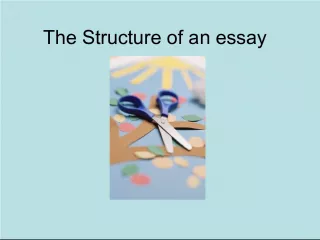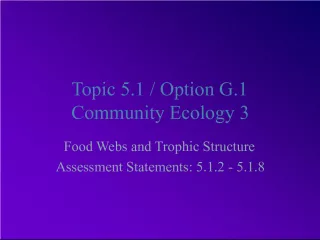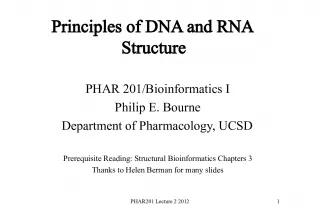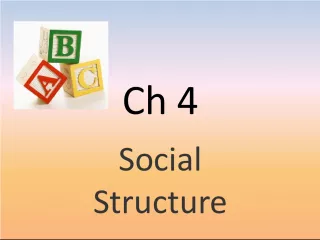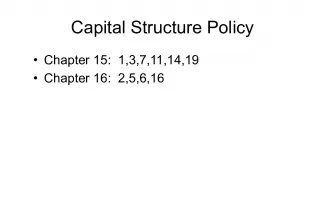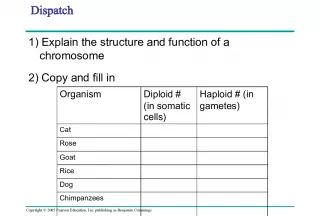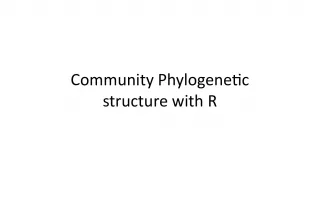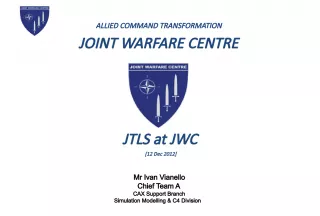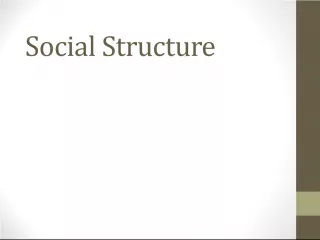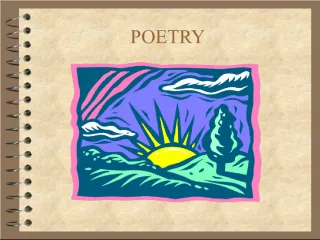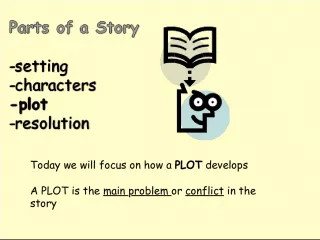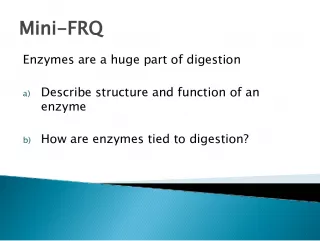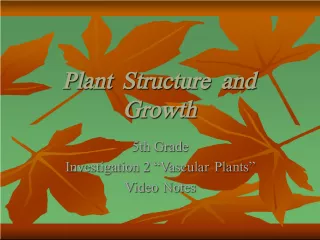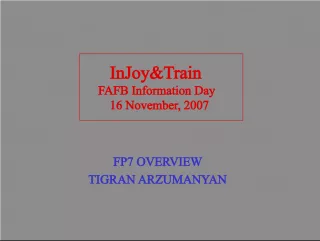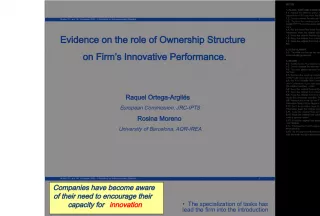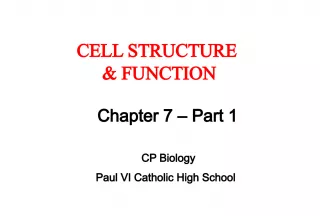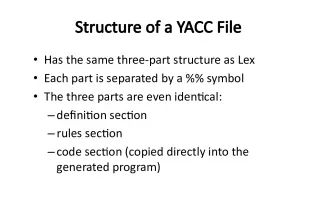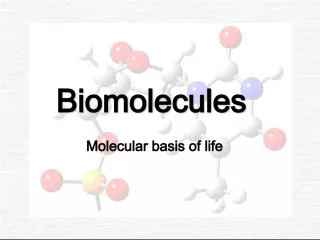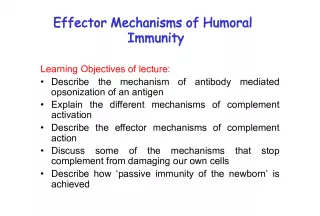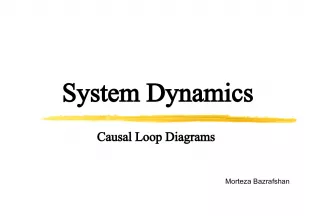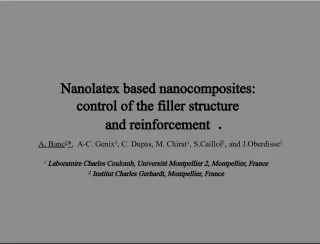The Importance of Structure in Novels


Every writing task, including novels, has a beginning, middle, and end. Structure is essential in building coherence and meaning. Let's explore this concept further with Little Red Riding Hood as an example.
- Uploaded on | 0 Views
-
 louise
louise
About The Importance of Structure in Novels
PowerPoint presentation about 'The Importance of Structure in Novels'. This presentation describes the topic on Every writing task, including novels, has a beginning, middle, and end. Structure is essential in building coherence and meaning. Let's explore this concept further with Little Red Riding Hood as an example.. The key topics included in this slideshow are . Download this presentation absolutely free.
Presentation Transcript
2. • Everything has a beginning, a middle and an end. • This applies to simple things like making tea, cleaning a room or doing a homework task. • It also applies to more complicated things like the writing you do for English and other subjects like History. • All your writing tasks have a beginning, a middle and an end. Think of how this applies to: ̶ letters ̶ essays ̶ stories.
3. • This is what we call structure or form . • In novels, short stories, films and plays, structure takes on a special meaning. • Let’s look at a children’s story, Little Red Riding Hood, to see how this works.
4. The story begins by introducing tension: Little Red Riding Hood’s mother asks her to take some goodies to her grandmother but warns her not to stop to talk to anyone along the way. This makes us expect something unusual to happen. Along the way Red Riding Hood meets the wolf and stops to talk to him. This increases the tension – she is disobeying her mother and we suspect something bad will happen. Introduction
5. Rising action The wolf finds out where Red Riding Hood is going and they decide to have a competition to see who can reach the granny’s cottage first. Again, this increases the tension. We know the wolf is up to something and we blame Red Riding Hood for disobeying her mother’s orders. The wolf reaches the cottage first and eats the granny. He then disguises himself as the granny and waits for Little Red Riding Hood. The tension reaches breaking point – we know Red Riding Hood is on her way and we suspect the wolf wants to eat her too.
6. Climax Red Riding Hood arrives and after some playfulness (“Granny, what big eyes you have …”) the wolf jumps out of bed and chases Red Riding Hood around the room.
7. Falling action or denouement Just then a hunter arrives and shoots the wolf (there are different versions of this ending but this one will do). And so Little Red Riding Hood is saved. Now let’s plot this structure in terms of a diagram.
8. This is the beginning – the tension is introduced and built up – this stage is often called the exposition or rising action . This is the high point of the action and tension – where the wolf is on the point of eating Red Riding Hood – this stage is the climax . This is the falling action , the mopping up after the climax, also known as the denouement .
9. These are the terms you need to remember and use when you talk about structure: • Exposition • Rising action • Tension / conflict • Climax • Falling action • Denouement
